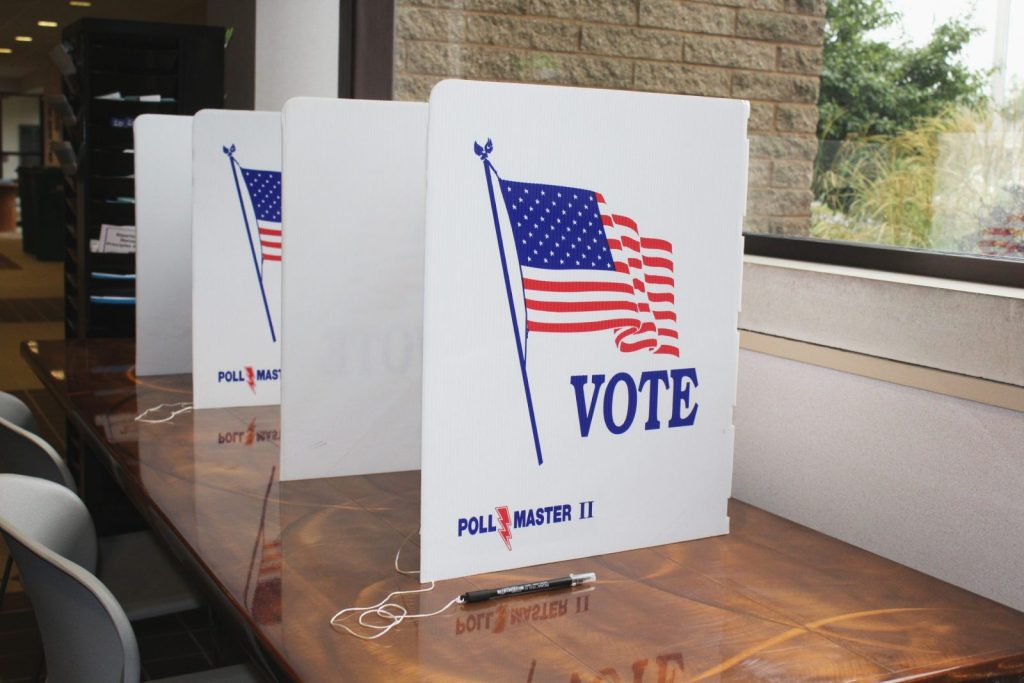
If a brand development company can make voting fashionable, then anything is possible.
It might seem like a stretch, but some of the best minds in branding are on that very mission. Though doing your civic duty is critically important for democracy, the U.S. has historically underperformed in terms of voter turnout, regularly ranking near the bottom of most indexes.
And that’s somewhat understandable — standing in line at a polling station is nobody’s idea of a glamorous way to spend a morning, and once civic apathy sets in, it can be hard to break.
Fortunately, Bumble — and some of the other leading brands in Silicon Valley — are helping increase turnout by giving the voting process some social cachet.
Making voting a social plus
Until recently, voting was a solitary activity. You lined up, entered a booth, cast your ballot and trudged off to work. Today, however, you’re likely to see people uploading photos and videos of themselves voting to social media and even live streaming the event. Voting has become a public performance — and that may be the key to making it more popular.
Bumble, a dating platform that is one of the most forward-thinking brands in the tech space, understands this and has taken steps to capitalize on it. Bumble teamed up with a public awareness campaign called “I Am a Voter” (admittedly not the best name we’ve ever heard) to increase voter turnout.
To accomplish this, Bumble created a new profile badge that allows users to identify as a voter. It’s the digital version of those omnipresent “I Voted” stickers. The idea is simple: People know that voting is a social good, and that is perceived as a voter is a plus in the eyes of other people. By tapping into this sentiment, Bumble is helping to brand the voting process as something that’s desirable — something that affirms your status as a serious, civic-minded person.
In addition to the new badge, Bumble also added new in-app functionality to assist users with voter registration.
Bumble — a feminist dating app whose team is largely comprised of women — has a long history of using its platform and brand in the service of larger social goods, making the voting campaign a natural extension of both its ethos and brand.
The dating platform wasn’t the only Silicon Valley company working to promote voting. Uber offered discounted rides to polling places on Nov. 6 (Election Day) and integrated directions to users’ local polling places, while Lyft offered free and discounted trips to the polls.
Bumble competitor Tinder worked with voting registration project “Rock the Vote” to maximize turnout by offering swipe-based in-app registrations. Even Dropbox and other firms gave their employees free time off to do their civic duty at the polls.
Is all of this having an appreciable effect? The early returns are overwhelmingly positive. Young adult voting (the demographic most likely to be influenced by these tech-based approaches) saw a staggering 188% increase in turnout during the Nov. 6 midterm election. Whether it’s the result of outreach efforts from companies like Bumble — or Taylor Swift urging her 112 million Instagram followers to vote — it’s clear that tech and social platforms have not only helped increase civic turnout but have also helped rebrand the process of voting for a new age.
Finding the right brand development company
Technology — and clever branding — have helped turn voting from a solitary and somewhat dreary civic duty to a communal experience meant to be celebrated. If your business is in need of working with an innovative brand development company, we know just the firm to provide it.


